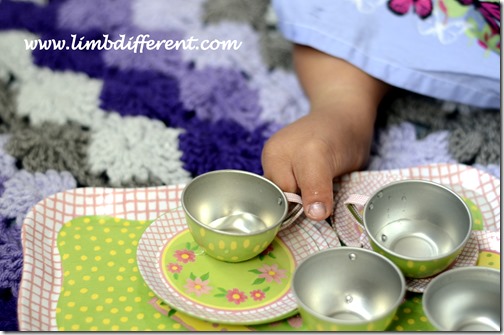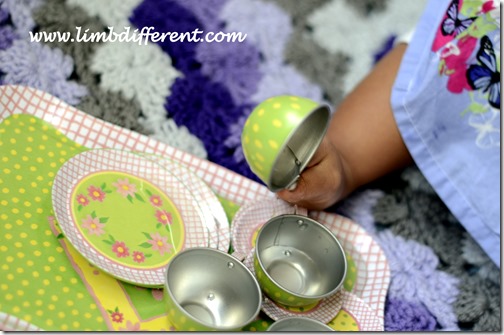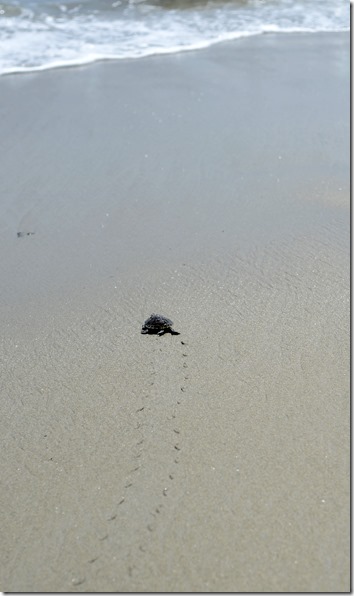Like most families we spend a lot of time at the playground, but the playground can be a cold, hard taskmaster.
At the playground, compared to any other place, we tend to have to deal with a disproportionate numbers of gawkers. I’m not talking about other kids looking or even staring; kids learn about the world around them by being “nosy neighbors” at times. I’m talking about something very different. I’m talking about straight-up won’t go away, in your face rudeness.
Up until now, I’ve kind of let it go for several reasons. One reason is because I’ve been uncertain as to how much my own children have noticed or been affected by the gawkers. I certainly haven’t wanted to draw attention to something that’s escaping them. Additionally, there’s the issue that I’m not there to parent anyone else’s children.
Typically when a child is looking much too long and much too much, that child’s parent is on the sidelines and does nothing to intervene. I’m not sure if this is the result of apathy, embarrassment or uncertainly. Regardless, it’s apparent that they are making a conscious effort to disregard the situation. Willful blindness may be a good tactic when kids are sneaking a piece of candy before dinner. But when a child is being cruel or hurtful that same willful blindness only acts as a stamp of approval on that unacceptable behavior.
In the past my approach has been to say hello to the hurtful child a little loudly and assertively. I don’t say it in an unkind manner but in a tone of voice that’s forceful enough to let that child know that an adult is watching her and to put the other parent on notice. This approach has mixed results.
On the days when it hasn’t worked, it’s left me with a dejected feeling that the world is full of unkind, uncaring people. This is decidedly not the case. I know this from firsthand experience and I want my children to know it too.
I know a day is coming when my daughter will be bullied, teased and made fun of. I pray she will escape these torments although realistically I know that to be impossible. When it does happen, I want her to feel empowered to speak up.
But it’s not just her that I want to empower to speak, I want to empower my preschool age son too. I recently asked him if he notices the mean stares his sister gets. He quietly answered yes. Then I asked him if it bothered him. Again, quietly, he responded “yes.” “I don’t like it,” he said, “I think maybe they don’t like [her].” This wounds my heart almost deeper than the unkind stares.
I don’t want my kids to think that they have to put up with unkindness, be it directed at them or at someone else. I want them to speak up and to stand up. We will not “sit in silence” as Frank Peretti discusses in his book The Wounded Spirit. We will not send the message that as Peretti’s puts it, you must “endure whatever comes with the package.”
So from this day forward, we are taking a new approach. If a child continues to gawk, we are going to confront it head-on by politely saying, “Excuse me, I noticed you staring. Is there something I can help you with?”
Will this work? I don’t know. I hope so. But even if it doesn’t, hopefully this will take some of the sting out of the present situation and lay the foundation for future situations.
It’s not you, it’s me is the world’s oldest break-up line. But when it comes to gawkers, it isn’t us, it’s you.
---
(Go here to read an excerpt from Nick Vujicic’s book, Unstoppable, about a grade school bully. Of particular note is his quote: “I always tell people that I’m armless but not harmless.”







